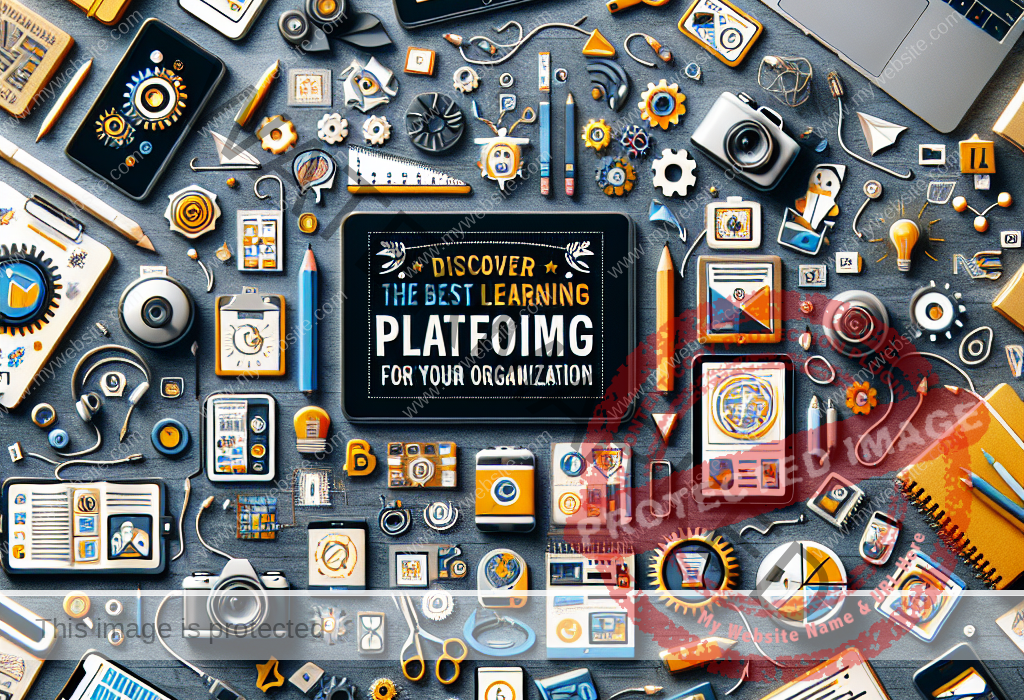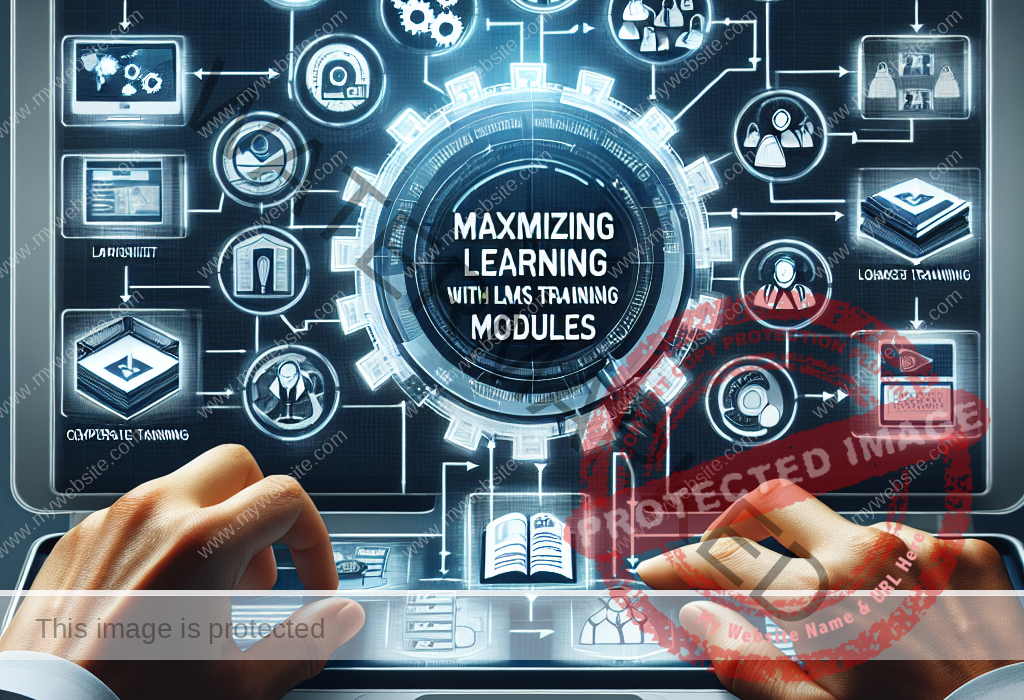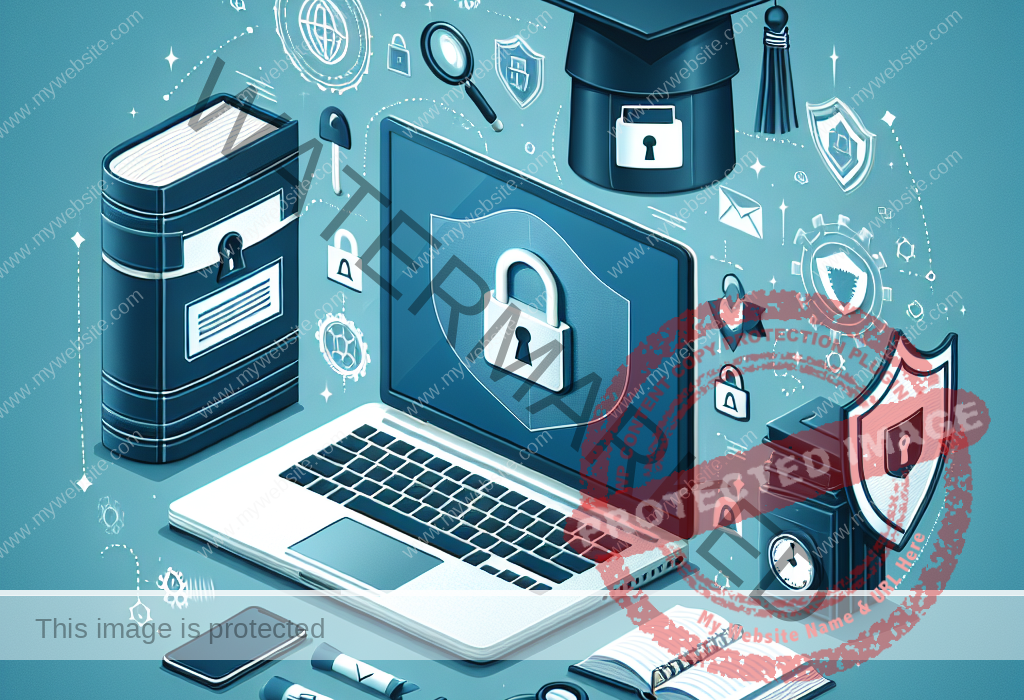Tips for achieving a better work-life balance by setting boundaries.
Reading Time: 3 minutesInsights from an eLearning Developer on Establishing Boundaries for Improved Work-Life Balance Being an eLearning developer, I understand the significance of maintaining a balance between work and personal life for increased productivity and overall well-being. Recently, I came across an informative blog post discussing the importance of setting boundaries to achieve a











